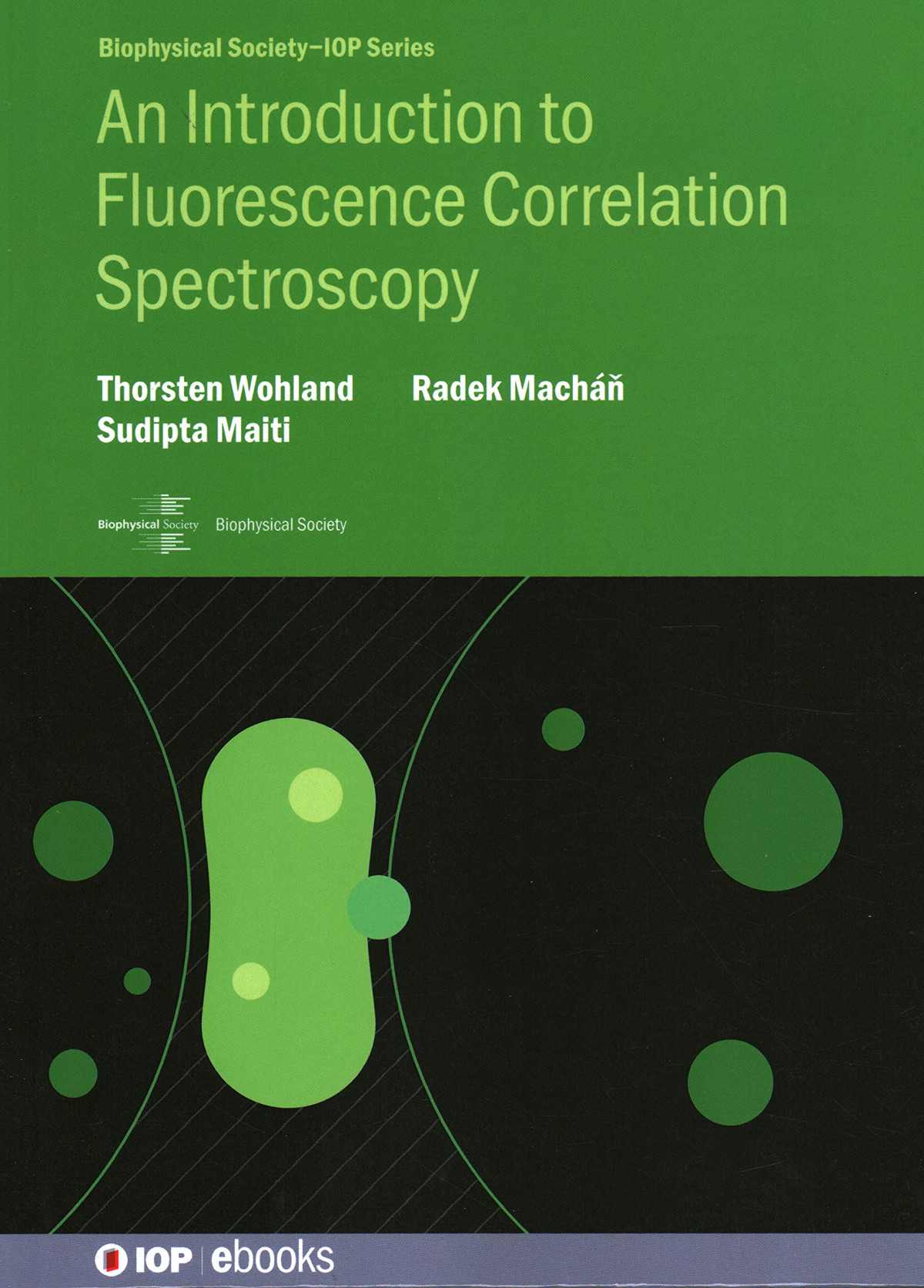

Most ebook files are in PDF format, so you can easily read them using various software such as Foxit Reader or directly on the Google Chrome browser.
Some ebook files are released by publishers in other formats such as .awz, .mobi, .epub, .fb2, etc. You may need to install specific software to read these formats on mobile/PC, such as Calibre.
Please read the tutorial at this link: https://ebookbell.com/faq
We offer FREE conversion to the popular formats you request; however, this may take some time. Therefore, right after payment, please email us, and we will try to provide the service as quickly as possible.
For some exceptional file formats or broken links (if any), please refrain from opening any disputes. Instead, email us first, and we will try to assist within a maximum of 6 hours.
EbookBell Team

4.4
72 reviewsAn Introduction to Fluorescence Correlation Spectroscopyrepresents a comprehensive introduction to fluorescence correlation spectroscopy (FCS), a biophysical experimental technique increasingly used to study and quantify molecular mobility, concentrations and interactionsin vitro, as well as in living cells and multicellular organisms. Students and researchers who are new to FCS can use the book as the first introduction to the technique, while those who are already using FCS regularly in their research may find it useful to deepen their understanding of the technique, its possibilities, limitations, and potential pitfalls as well as ways to avoid them. This book introduces the reader to all aspects of FCS needed for practical usage of the technique in their research. In the beginning the concept of fluorescence intensity fluctuations and their auto- and cross-correlation functions are explained to give readers an understanding of the underlying principles. This is followed by an overview of instrumental FCS setups and various ways of data collection and processing, the derivations of theoretical models relating the experimentally obtained correlation functions to the underlying molecular processes, and the description of the fitting of experimental data with those models. Mathematically more involved portions are separated from the rest of the text and can be easily skipped by readers more interested in the conceptual and practical aspects of FCS. The book contains interactive graphics and is accompanied by an interactive computable document file allowing the reader to test the dependence of FCS results on a variety of experimental parameters, and to gain practical insights into FCS data fitting. Key Features